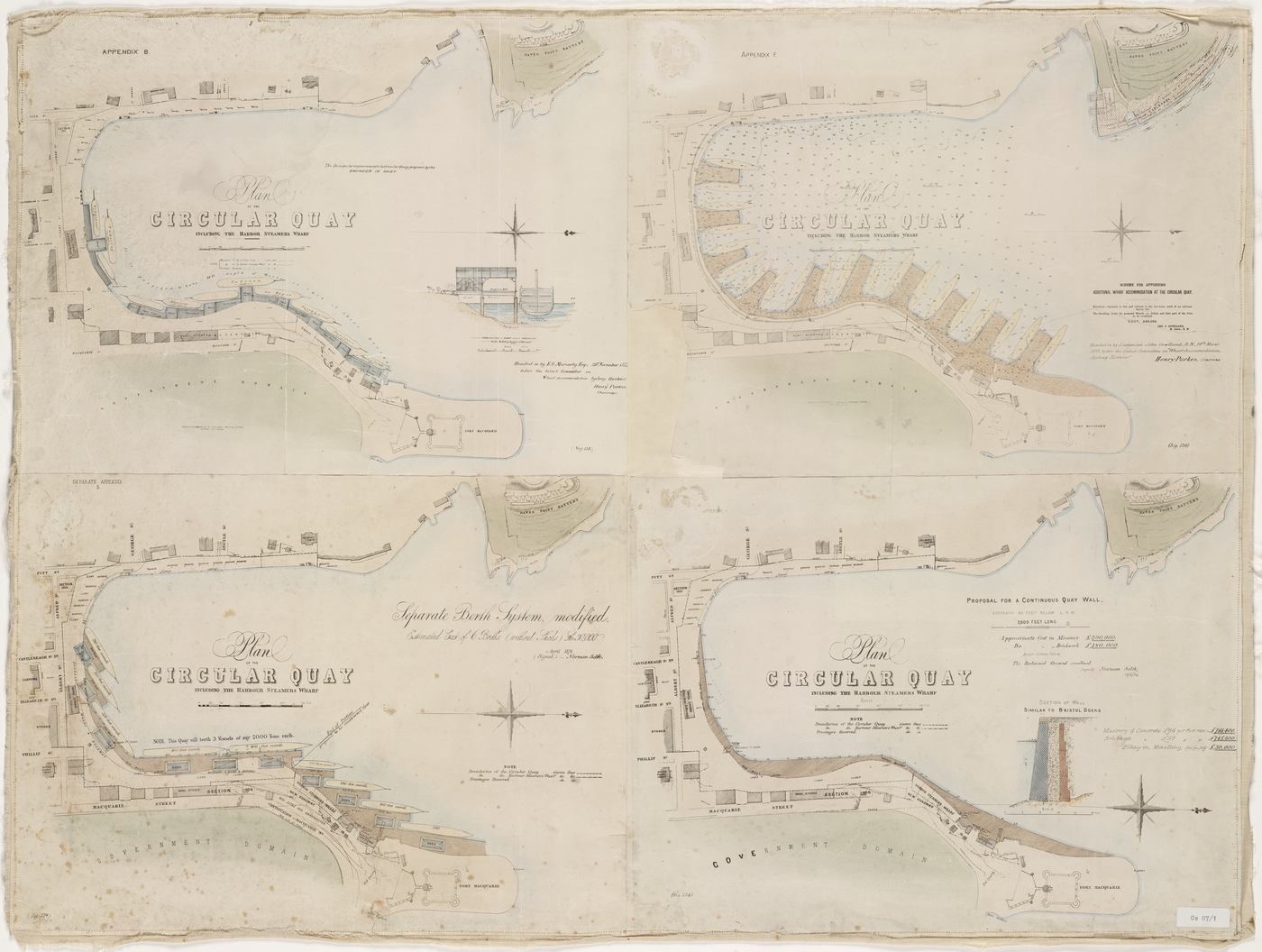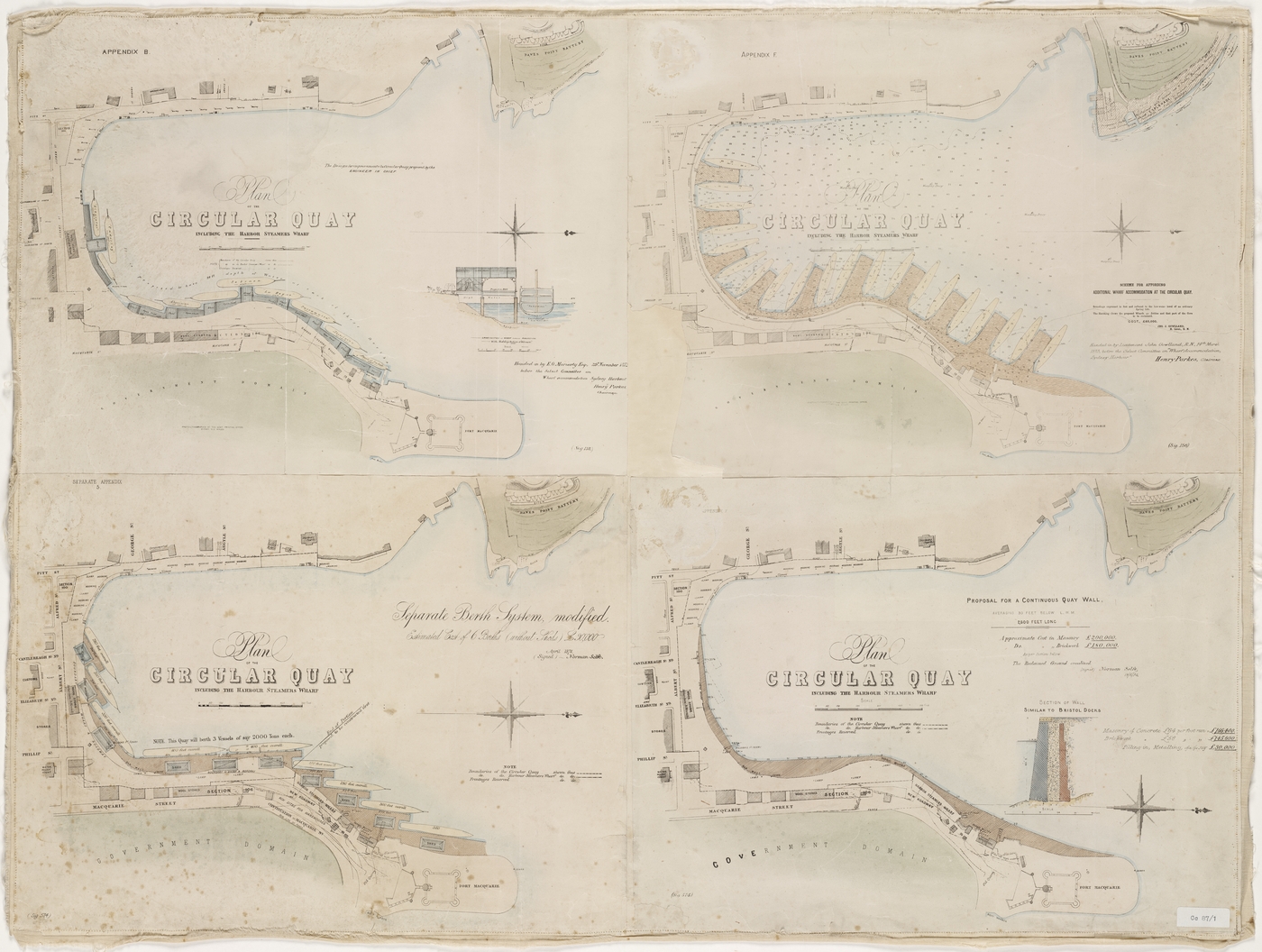Portrait of Sir William Dixson, 1930-1939
{"type":"image","clickUrl":"https:\/\/prod.corp.slnsw.skpr.live\/collection-items\/portrait-sir-william-dixson","thumbnail":"https:\/\/prod.corp.slnsw.skpr.live\/sites\/default\/files\/styles\/thumbnail\/https\/s3-ap-southeast-2.amazonaws.com\/prod--slnsw-corporate-site\/uploads\/2018-06\/collection-items\/28391\/a128084h.jpg?itok=q6uwXNJv","thumbnailLarge":"https:\/\/prod.corp.slnsw.skpr.live\/sites\/default\/files\/styles\/large\/https\/s3-ap-southeast-2.amazonaws.com\/prod--slnsw-corporate-site\/uploads\/2018-06\/collection-items\/28391\/a128084h.jpg?itok=lxq8DeB8","mediaDerivativeUrls":{"thumbnail":"https:\/\/prod.corp.slnsw.skpr.live\/sites\/default\/files\/styles\/thumbnail\/https\/s3-ap-southeast-2.amazonaws.com\/prod--slnsw-corporate-site\/uploads\/2018-06\/collection-items\/28391\/a128084h.jpg?itok=q6uwXNJv","large":"https:\/\/prod.corp.slnsw.skpr.live\/sites\/default\/files\/styles\/large\/https\/s3-ap-southeast-2.amazonaws.com\/prod--slnsw-corporate-site\/uploads\/2018-06\/collection-items\/28391\/a128084h.jpg?itok=lxq8DeB8","responsive__quarter_hd":"https:\/\/prod.corp.slnsw.skpr.live\/sites\/default\/files\/styles\/responsive__quarter_hd\/https\/s3-ap-southeast-2.amazonaws.com\/prod--slnsw-corporate-site\/uploads\/2018-06\/collection-items\/28391\/a128084h.jpg?itok=lrKQePk5","responsive__half_hd":"https:\/\/prod.corp.slnsw.skpr.live\/sites\/default\/files\/styles\/responsive__half_hd\/https\/s3-ap-southeast-2.amazonaws.com\/prod--slnsw-corporate-site\/uploads\/2018-06\/collection-items\/28391\/a128084h.jpg?itok=-KZamj2h","responsive__full_hd":"https:\/\/prod.corp.slnsw.skpr.live\/sites\/default\/files\/styles\/responsive__full_hd\/https\/s3-ap-southeast-2.amazonaws.com\/prod--slnsw-corporate-site\/uploads\/2018-06\/collection-items\/28391\/a128084h.jpg?itok=cnFdg-_6"},"mediaUrl":"https:\/\/s3-ap-southeast-2.amazonaws.com\/prod--slnsw-corporate-site\/uploads\/2018-06\/collection-items\/28391\/a128084h.jpg","mediaMime":"image\/jpeg","transcriptUrl":null,"width":853,"height":1050}
View collection item detaila128084
















































































































